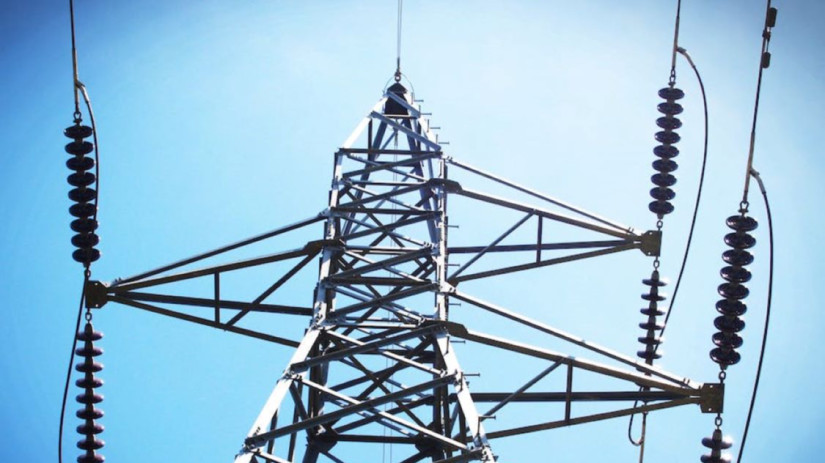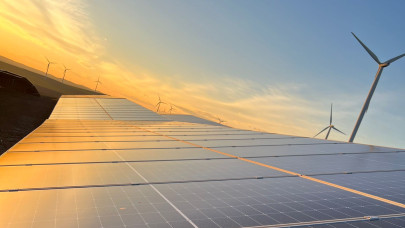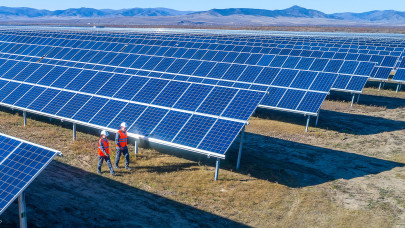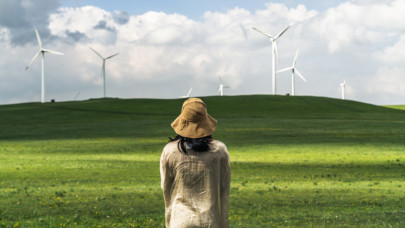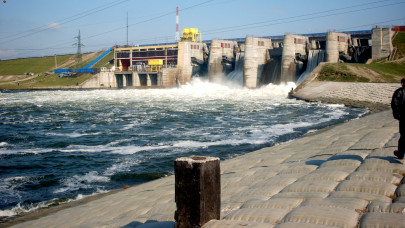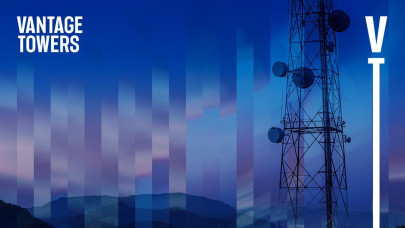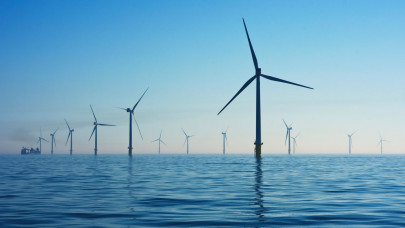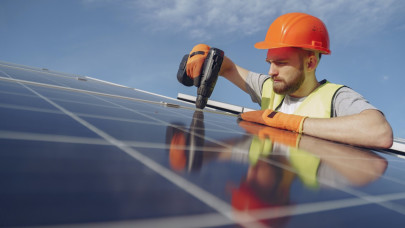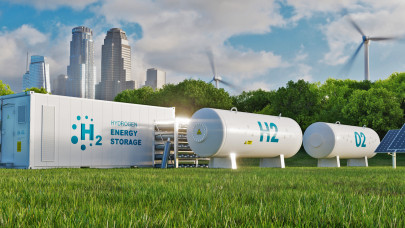This energy infrastructure would be located along the route of the Tuzla - Podisor gas pipeline and the Bulgaria-Romania-Hungary-Austria (BRUA) gas pipeline, capitalizing on the routes of the existing corridors.
"The Romanian Ministry of Energy, by its vision regarding the sustainable energy transition, supported the institutional support for the activities within the Memorandum of Understanding", informs the company.
As the global demand for reliable, efficient, and long-distance electricity transmission solutions continues to grow, HVDC technology is proving to be a key enabler. HVDC systems offer many advantages, including lower losses of electricity during transmission, greater grid stability, and the ability to facilitate the integration of renewable energy sources, which are often located at great distances from existing infrastructure.
As a growing number of countries move towards cleaner and more sustainable energy systems, HVDC technology has become a strategic tool for modernizing electricity grids and supporting the global transition to renewable energy. In addition, the increase in international power exchange projects and the expansion of offshore wind farms are further driving the demand for HVDC technology.
The project has the potential to reshape the energy landscape, promoting sustainability and green energy production for Romania and Europe.
"We believe that this feasibility study that we have agreed to carry out to incorporate such an innovative project as the HVDC project in the Romanian Transport Network must strictly comply with the technical requirements of network security, as well as the economic and legal provisions. In addition, it can create the conditions for a strategic position of Romania in the region", says Ștefăniță Munteanu, President of the Transelectrica Directorate.
Jasim Husain Thabet, executive director and general manager of TAQA, says that the project is part of a strategic collaboration between the governments of Romania and the United Arab Emirates and prepares the ground for a future of electricity with low carbon emissions in Romania.
"HVDC infrastructure will provide an unprecedented degree of flexibility in crucial sectors of the national energy system while boosting green energy production. As the HVDC market continues to evolve and innovate, it presents significant opportunities for businesses, utilities, and stakeholders across the energy sector, shaping the future of electricity transmission and distribution worldwide. As a champion of low-carbon energy and water, TAQA has firmly built its expertise when it comes to critical infrastructure such as HVDC, enabling both energy security and decarbonization of energy systems," says Jasim Husain Thabet, Executive Director and Managing Director of TAQA.
Thierry Déau, CEO and founder of Meridiam said this critical underground HVDC infrastructure aligns perfectly with Meridiam's mission of sustainable infrastructure development.
"This initiative will not only transform Romania's energy landscape, enabling energy security but will also contribute to a more sustainable future for Europe," he says.
This landmark initiative will expand low-carbon energy security in Romania, the region, and the European Union, added Frank Dishongh, president of Nuclear Project Services for Fluor's Energy Solutions business segment.
"Fluor will contribute his experience as a program manager for large complex projects, building on our commitment to drive innovation and sustainability in the energy sector by supporting this critical HVDC project," he added.
Shortly, Romania is expected to capitalize on the substantial energy resources of the Black Sea region, thus making one of the largest sources of sustainable energy in Europe accessible to the continent. The energy resources in the Black Sea region, together with the strategic interconnections with the European Union, will position Romania as a potential energy hub.
In the last ten years, Transelectrica has had as its main objective the identification and implementation of projects to increase the capacity to transport electricity from renewable energy produced in the Dobrogea region. In this sense, the network development projects have the main purpose of connecting Dobrogea to the entire interconnected network. Given the ever-increasing targets for carbon neutrality to be achieved in 2050 and the share of renewable energy sources of 45% in the country's production mix, in line with the EU's climate and energy strategies, technical solutions in alternating current is insufficient. In this sense, Transelectrica is considering the adoption of direct current transport solutions, using HVDC technology.
The project envisaged in the feasibility study is TAQA's second power transmission project outside the UAE and the third major HVDC project completed recently. Earlier this year, TAQA invested £25 million (AED 113 million) in Xlinks First Limited to install the world's longest HVDC submarine cables between the UK and Morocco to transport renewable energy to the UK. In September 2023, TAQA and Abu Dhabi National Oil Company (ADNOC) reached an agreement on a strategic project to provide 3.2 GW of energy to significantly decarbonize ADNOC's offshore production operations, an underwater HVDC transmission network, the first of its kind in the MENA region.
In addition, it is the lead developer of NeuConnect, the interconnector project linking the UK to Germany via a 725 km bi-directional HVDC submarine cable - 1.4 GW (2 x 525 kV). This £2.4 billion/€2.8 billion privately funded project is a vital energy link between two of Europe's largest energy markets and the first direct link between the UK's energy markets and Germany. Implementation of the project will lead to a net reduction in carbon emissions of 13 million tonnes of CO2 over 25 years, which is equivalent to planting approximately 28 million trees or removing approximately 400,000 cars per year.

